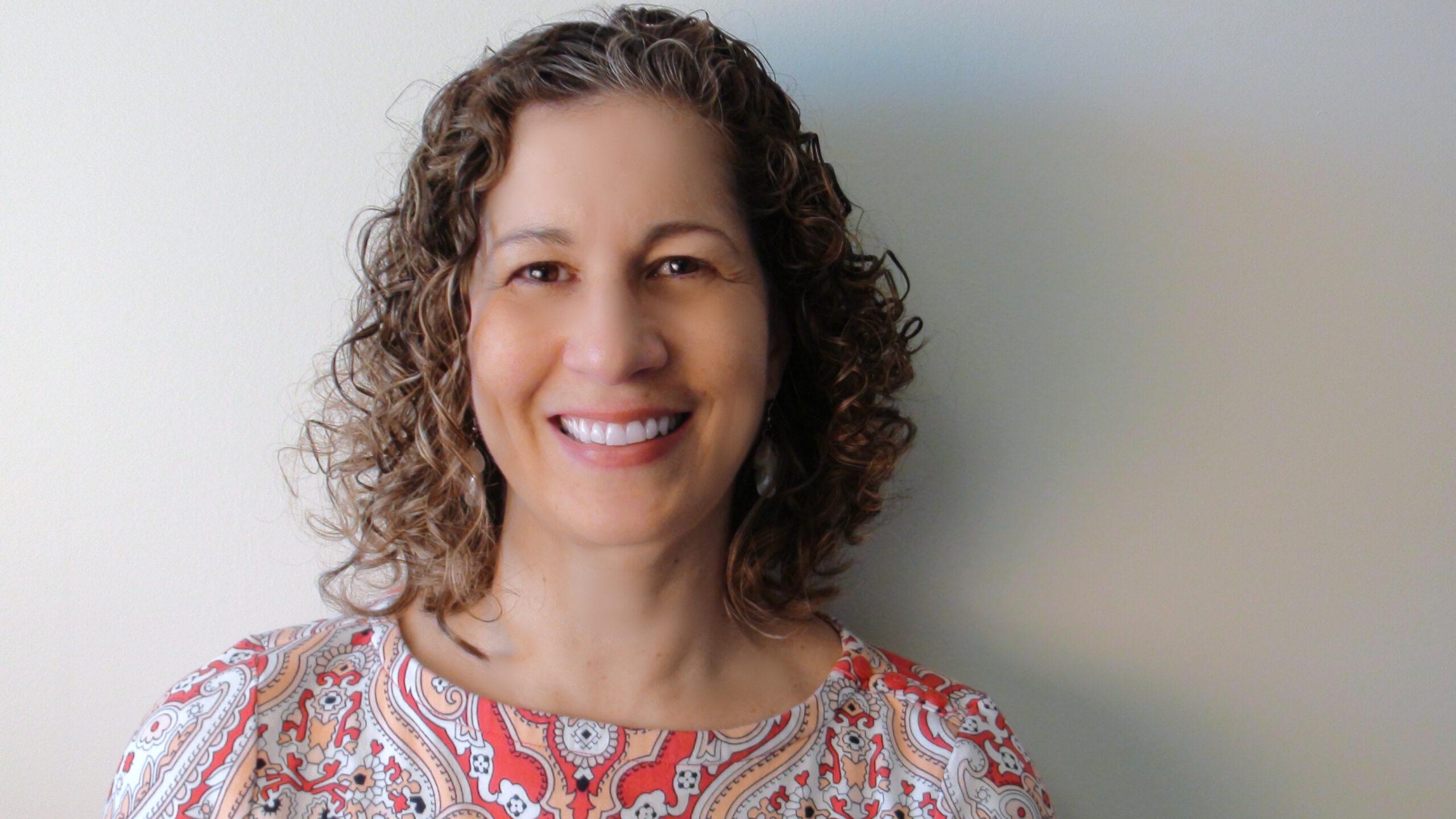As the new school year begins so, too, does the excitement and expectations felt by students, parents, teachers, and school staff. But sadly, that initial enthusiasm often fades as the routine of school takes over. What if we could gather up all the back-to-school energy and use it as fuel to propel students, school staff, and families through the school year to raise the achievements of students and staff alike?
An increasing number of schools and school districts across the country are focusing on creating a positive school climate, guided by a significant body of research attesting to the educational and developmental benefits of this approach.
But what, exactly, does a positive school climate look like for students, staff, and families on a day-to-day basis?
What does a positive school climate look like for students?
- Students are engaged. They want to go to school, strive to do well, actively participate in the learning process, and take responsibility for their school work.
- Students have supportive relationships at school with both peers and adults; they have friends and study partners; and they’re not afraid of being bullied (and they’re not bullying others either).
- Students feel they can go to teachers or support staff for help when needed, for both academic and social problems.
- Disciplinary actions are based upon written policies that are administered fairly and consistently for all students, which may also include processes for filing grievances.
- School conduct codes and disciplinary experiences are viewed as learning opportunities, not as vehicles for excluding students; everyone in the school community – including principles, teachers, support staff, school resource officers, bus drivers, athletics personnel, guidance counselors, and others – work actively and continuously throughout the year to promote and reward positive behavior.
- Supports are available for students who struggle with concerns ranging from learning disabilities or mental health challenges to families experiencing financial or other difficulties that affect students’ abilities to attend or succeed at school. Schools – often working with community partners – provide direction and resources to help with these very difficult issues.
What does a positive school climate look like for families?
- Parents partner with teachers to support their children’s learning. They get to know their children’s teachers during open houses and parent-teacher conferences or by scheduling individual visits, and they are comfortable exchanging information with teachers about their children’s progress.
- Parents understand school discipline policies and know that these policies are rooted in supportive approaches aimed at teaching students’ appropriate behavior and problem solving skills, as well as minimizing exclusionary practices.
- Parents talk to their children about school to learn firsthand about their experiences. When problems arise, parents participate in the disciplinary process to advocate for a fair and appropriate response.
What does a positive school climate look like for school staff?
- School staff have a good rapport with many students and are responsive to their individual needs at many levels.
- School staff regularly experience two-way communication with families and other staff about not only academic achievement but also students’ needs and home and school events that affect learning.
- School staff have at least the minimum necessary space, equipment, and supplies to do their job in a comfortable physical environment that is conducive for teaching and learning.
- School staff is trained and equipped to follow the protocols for recognizing and managing student academic, behavioral, mental health, or social difficulties.
- When certain students need more help than staff can provide, there are resources to turn to for support, in the form of teams, mentors, management, or services.
- School staff communicates with subject area or school improvement team leaders and officials (such as the principal, superintendent, or school board members) about what their students need to effectively teach and learn.
What does a positive school climate look like for the entire school community?
- The school building is in adequate physical condition, and the staff, students and others in the community work actively to maintain the facility.
- Students and staff feel safe at school; families feel safe sending their children to school.
- The overall school experience remains positive regardless of race, ethnicity, learning ability, sexual identity, religion, or economic status.
- When difficulties arise, there are avenues for both students and adults to have respectful and constructive conversations aimed at resolving problems.
These elements of positive school climate are a renewable energy source, fueling the hopes and aspirations of the new school year from fall to winter to spring. Schools, families, and communities can work together to develop and maintain a positive school climate that benefits student well-being and academic achievement.
The National Center on Safe Supportive Learning Environments (NCSSLE) is currently helping schools and communities contend with many factors that affect school climate, such as bullying, harassment, violence, and substance abuse. Funded by the U.S. Department of Education, the Center supports the vision that all students will have the opportunity to realize academic success in safe and supportive environments. Child Trends is a key partner in the administration of this Center.
© Copyright 2025 ChildTrendsPrivacy Statement
Newsletter SignupLinkedInYouTubeBlueskyInstagram
